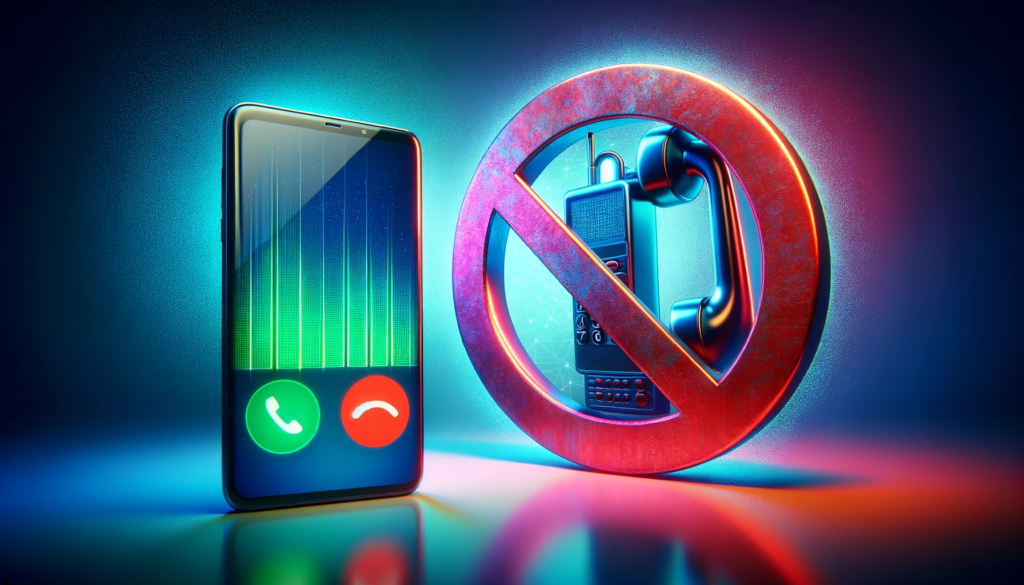If you are a business that relies on outbound calls to reach your customers, you may have encountered some frustrating scenarios where your calls are blocked or rejected by the recipients. This can negatively affect your connection rate, customer satisfaction, and revenue. To avoid these problems, you must understand why your calls are blocked and how to fix them.
One way to do that is to pay attention to the SIP codes that are returned by the service providers when your calls are not completed. SIP codes are three-digit numbers that indicate the status or outcome of a SIP request, such as an INVITE to initiate a call. SIP codes are grouped into six categories: provisional (1xx), success (2xx), redirection (3xx), client error (4xx), server error (5xx), and global failure (6xx).
In this article, we will focus on three SIP codes that are related to call blocking scenarios: 603, 607, and 608. These codes are used to notify the calling party that the call was not delivered to the intended recipient due to some form of call blocking. We will explain what each code means, what causes it, and how to resolve it.
SIP Code 603: Decline
SIP code 603 means that the call was declined by the recipient or an intermediary, such as a carrier or a proxy. This code is generic and does not provide a specific reason for the rejection. It could mean that the recipient has blocked the call, or that they simply did not answer the call. It could also mean that the call was blocked by an analytics-based system that detected the call as unwanted or fraudulent.
To resolve this issue, you need to find out the exact cause of the rejection and take appropriate actions. For example, you can check your caller ID reputation and make sure it is not flagged as spam or spoofed. You can also verify that your call is compliant with the relevant regulations, such as the Telephone Consumer Protection Act (TCPA) and the Do Not Call (DNC) list. You can also try to contact the recipient through other channels, such as email or text, and ask them to whitelist your number or opt-in to receive your calls.
SIP Code 607: Unwanted
SIP code 607 means that the call was rejected by the recipient because they did not want to receive the call from the calling party. This code is more specific than 603 and indicates that the recipient has expressed their preference to not be contacted by the caller. This could be done by using a call blocking app, a device feature, or a network service.
To resolve this issue, you need to respect the recipient’s choice and stop calling them. You can also update your contact list and remove the numbers that have opted out of your calls. You can also try to improve your call quality and value proposition, and offer incentives or benefits to the recipients to encourage them to accept your calls.
SIP Code 608: Rejected
SIP code 608 means that the call was blocked by an intermediary, such as a carrier or a proxy, based on some criteria or policy. This code is also more specific than 603 and indicates that the call was blocked before reaching the recipient. This could be due to various reasons, such as network congestion, call volume, call duration, call frequency, or call origin.
To resolve this issue, you need to identify the source and the reason of the blocking and contact them to request a redress. The SIP 608 code should provide a Call-Info header with the contact information of the intermediary that blocked the call. You can use this information to reach out to them and explain why your call is legitimate and should not be blocked. You can also adjust your calling strategy and parameters, such as the time of the day, the number of attempts, the length of the call, and the caller ID, to avoid triggering the blocking criteria.

How to Prevent Call Blocking in the First Place
While it is important to know how to deal with SIP codes 603, 607, and 608, it is even more important to prevent call blocking in the first place. Here are some tips to help you avoid call blocking and improve your outbound calling performance:
- Use a trusted and reputable SIP service provider, that can deliver your calls with high quality and reliability. IntelePeer can also help you with SIP trunking, cloud communications, and artificial intelligence solutions to enhance your customer experience and business outcomes.
- Use a local or toll-free number that matches the area code of the recipient. This can increase the chances of the recipient answering the call and trusting the caller. You can also use a dynamic caller ID that changes according to the recipient’s location or preference.
- Use a clear and professional greeting that identifies yourself and the purpose of the call. This can help the recipient to recognize the value of the call and reduce the likelihood of them hanging up or blocking the call. You can also use a personalized message that addresses the recipient by name and refers to their specific needs or interests.
- Provide an easy and clear way for the recipient to opt out of your calls if they wish to do so. This can help you comply with the regulations and respect the recipient’s privacy and preference. You can also provide an option for the recipient to schedule a callback at a more convenient time or to request more information via email or text.
SIP codes 603, 607, and 608 are important indicators of call blocking scenarios that can affect your outbound calling performance. By understanding what each code means, what causes it, and how to resolve it, you can improve your connection rate, customer satisfaction, and revenue. You can also use a reliable and reputable SIP service provider, such as IntelePeer, to help you with your SIP communication needs and challenges.



